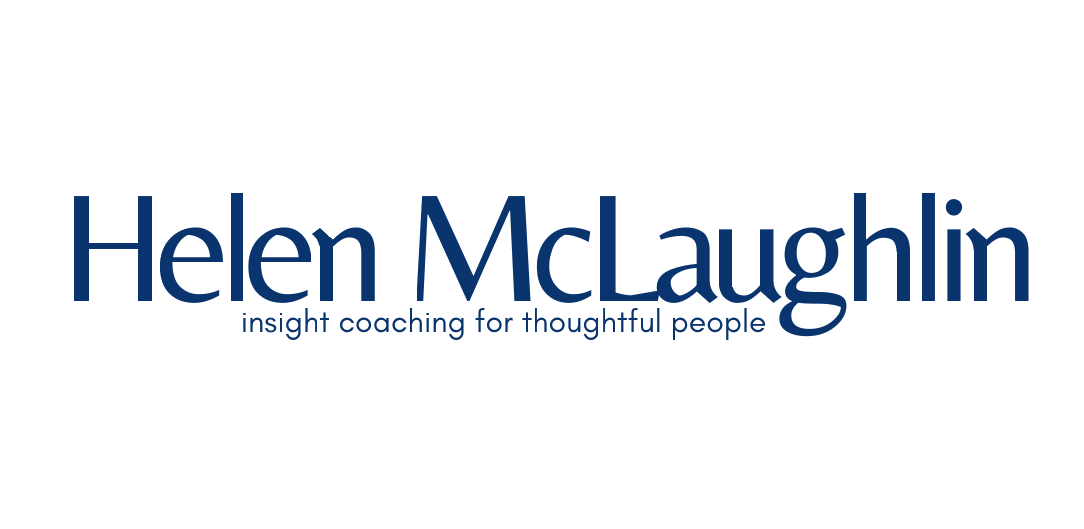We encountered a robin who was insistent on making her nest atop the light fixture by the side garage door—the door we use to get to and from our car.
In theory, this is the perfect spot for a nest; it's covered by the overhang of the garage roof and it's a relatively low-traffic area; it's high enough off the ground, but completely inaccessible to the acrobatics of squirrels and mostly hidden from the hungry eyes of crows.
There is one problem, however.
We have to walk through that doorway multiple times a day.
And while we've no predatory intentions whatsoever, we do know that once eggs are laid and, later, baby birds are present, no robin will be happy with us for repeatedly getting close to the nest. We'll seem predatory no matter the benevolence in our hearts.
Plus, the last thing we want is to carry a new baby over that threshold, ever fearful of a bird who's equally protective of her own new hatchlings.
So, last week, my husband removed the beginnings of a nest: some dried-up strings of plant matter that were loosely, but expertly coiled around the spire of the light fixture. I watched from the kitchen window and felt guilty for disturbing nature, even as I saw that it needed to happen.
Well, the robin wasn't giving up so easily.
Within an hour, a new nest was well underway.
I watched from the kitchen window as the robin swooped by, making trip after trip with streamers of raffia hanging from her beak. She was adept and efficient, and things started to take shape much quicker this time around.
"We've got another situation," I called out to my husband.
He headed outside, stuffing his hands into the gardening gloves, just as the bird flitted away to secure more building materials.
This second nest was more substantial than the first, which could almost be brushed away—and after he brought it to the window to show me, he walked it to the back of the garage and deposited it among the weed trees and the wild lilies that are just starting to emerge from the earth after our long Wisconsin winter.
Naturally, I felt some kinship with the robin. I'm in a period of nesting, too. Maybe even slightly frantic nesting.
A baby is coming!
There's urgency!
Things have to be in place!
So, did it really surprise me when, the following morning, I looked out the kitchen window to see the robin working on a nearly complete nest?
Not truly.
She was spending more time inside the nest, itself, instead of flying back and forth to collect and assemble.
Pressing her body into the bowl of dried grass systematically, mud on her breast like a sculptor, this robin's determination seemed hardwired.
Things were taking shape.
Our light fixture wore the nest like a crown.
When my husband went outside, he peeked behind the garage and saw that the bird's second nest was missing.
She must've lifted it from the ground and replaced it on the light fixture.
Thanks to some overnight rain, she laid mud within the fragments, gluing them together.
The current nest was her attempt to salvage the previous day's efforts.
You know how this story (unfortunately) ends.
Our decision* was to remove the nest.
To be consistent in our signaling to the bird, pre-eggs, that this particular location wasn't an ideal spot, after all.
Nesting high up in the exposed rafter tails of our roof would be better for everyone (in fact, a few of those spots are already occupied by other robins—and we get along quite well with those neighbors).
Still, we had to admire the robin's repeated efforts to make a nest where she wanted to make a nest.
Wallowing wasn't an option.
No one was throwing a pity party.
Surrendering didn't occur to her—until, of course, it became very apparent that a stable nest was needed as soon as possible...and in the span of 12 hours, no such nest existed.
On this, my final day in the office before my maternity leave begins, I want to leave you with a few things to chew on:
How quick have you been to give up, historically?
After your nest disappears, do you find yourself collecting more twigs and grass and mud—and beginning again? Or are you too busy collecting evidence that your plan won't work? that you're a failure? that it isn't meant to be?
How many times are you willing to endure everything falling to pieces?
In your mind, is 'square one' ever an opportunity, or is it always a catastrophe?
If determination were a hardwired trait of yours, how would things be different for you? Going forward, are you willing to operate as though it's hardwired?
You won't be hearing from me for a good long while, as I become a mother and navigate this new chapter of life with my family.
Without a doubt, though, I'll be back on the blog come fall and we'll get to reconnecting.
In the meantime, here's wishing you tenacity, resilience, and a finely developed intuition that guides you in determining both when to stay the course and when to apply your efforts elsewhere.
*In sharing this story with you, I worried about the response I might get for participating in disturbing wildlife. My husband willingly takes the blame here, since he wanted the nest gone from the get-go—but I won't let him. Bleeding heart that I am, I initially thought we could leave things alone—that is, until I considered our little baby's bald head, exposed to possible territorial dive-bombing when we return from the hospital and then as we make our first trips to the pediatrician...and simply can't avoid the walkway between the house and the garage. That's when it became our decision. And I stand by it. Thank you for respecting my judgment call.
